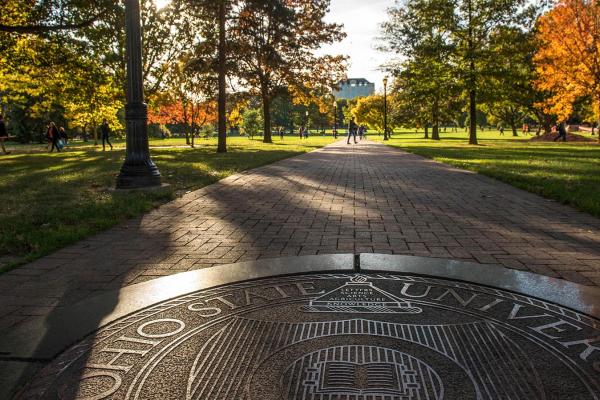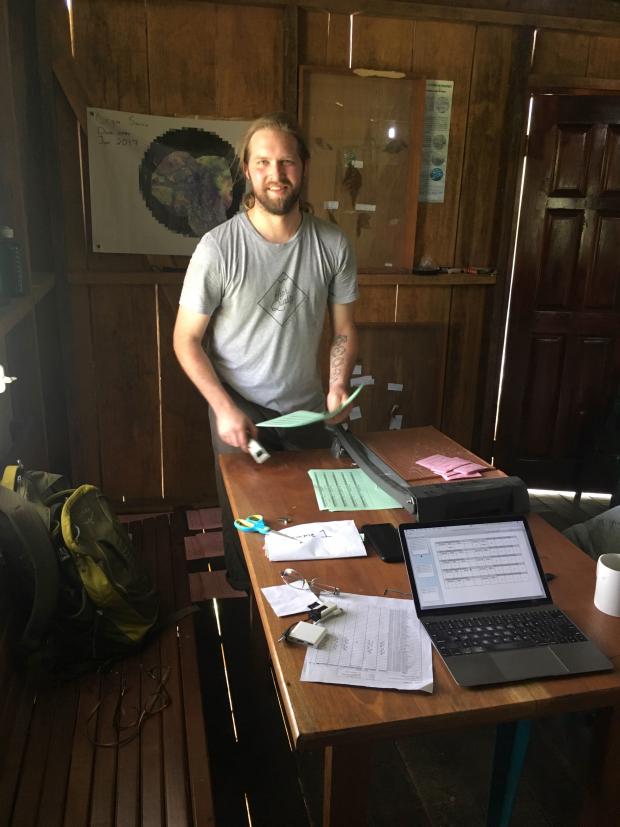Anthropology in action: playing “The Milpa Game” in Crique Sarco, Belize.

As part of ongoing anthropological research project into the human and ecological dynamics of swidden (aka, “slash-and-burn”) agriculture, Dr. Sean Downey (Ohio State U.), Drew Gerkey (Oregon State U.) and graduate student Shane Scaggs (Oregon State U.) designed a field experiment to explore the relationship between ecological dynamics and social norms related to cooperative labor. In April of 2018, Downey and Scaggs traveled to Belize to conduct the game, which involves around 100 men and women from the Q’eqchi’ Maya village, Crique Sarco.

The forest is is represented in the game by a 10x10 square board with removable game-pieces that represent the extent of the land around the community and basic forest regrowth dynamics. The game requires a carefully coordinated exercise in which groups of five players make independent decisions about how much land to clear, and they earn a small but significant amount of money based in their decisions. However, there is a catch — the more they take, the slower the forest recovers, and the group as a whole will earn less over the course of the game. Thus, players have to reconcile their personal benefit from the public good of the forest.

Downey and Scaggs tested the game in a classroom setting at Galen University with project collaborator Dr. Filiberto Penados, and then worked intensively with a group of young adults from Crique Sarco to translate the game into Q’eqchi’ Mayan and to choreograph the gameplay. As of April 9, 75 men and women have participated. In order to make the game as accessible as possible to a broad cross-section of people form the village, men and women are invited and a babysitter is available.

